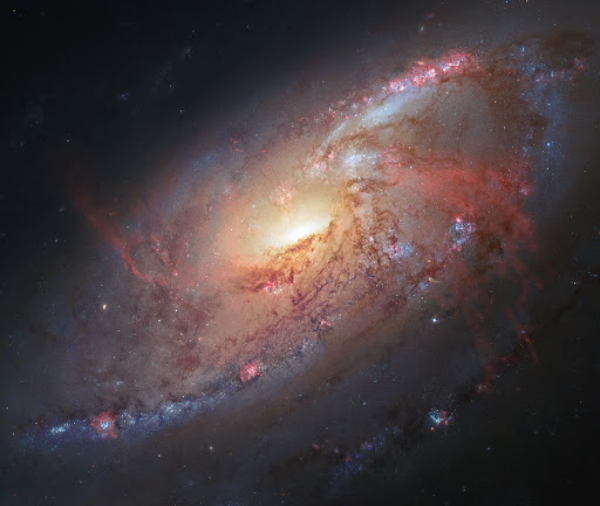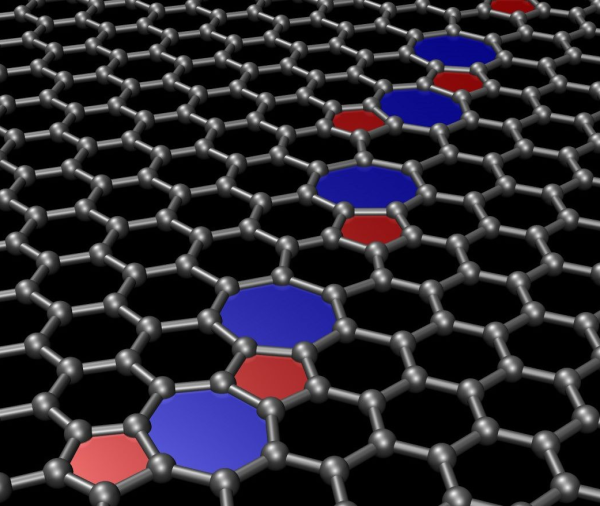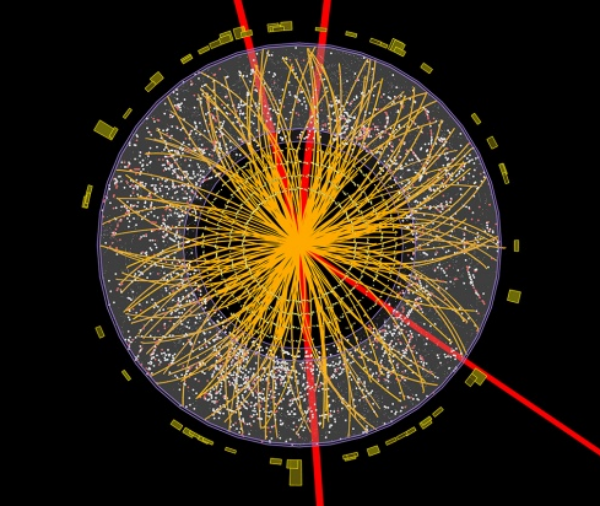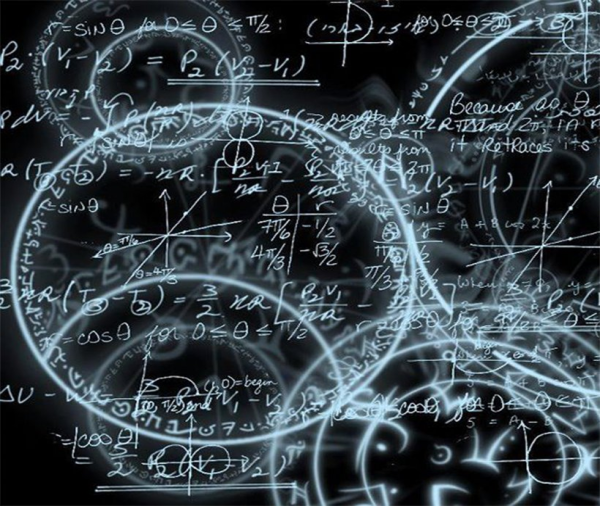Research fields
The research activity of the Department focuses on four main investigation areas, covering most modern fields of research in experimental and theoretical physics, from the study of invisible constituents of matter to the exploration of the most remote areas of the Universe.

Astrophysics deals with the study of all the objects that are beyond the Earth’s atmosphere: the Sun and the planets of the solar system, stars, exoplanets, galaxies, clusters and superclusters of galaxies, up to the universe as a whole. To study the sources found in the cosmos and to understand their physical properties, it is necessary to combine knowledge from all fields of physics, such as mechanics (both classical and quantum), thermodynamics, special and general relativity. A fundamental characteristic of astrophysics is that, by necessity, it is not possible to study physical systems built in the laboratory by optimizing experiments. This same feature, however, allows astrophysics to investigate physical systems which are impossible to recreate in the laboratory (think, for example, of black holes). The main method that astrophysics has at its disposal to observe the universe is the study of electromagnetic radiation from cosmic sources. Sometimes, these signals can be combined with information from gravitational waves or neutrinos; in this case, we speak of multi-messenger astrophysics. This also allows astrophysics to observe the past of the universe, as light any other signal that reaches our planet has travelled for long times, up to billions of years for the most distant sources. Astrophysicists perform three main types of activities: the observation of celestial sources, using telescopes from ground and space; the development of theoretical models to explain observations; the design and construction of new telescopes and tools to improve observations more and more.

Physics of Matter aims to understand the properties of matter in its most diverse forms of aggregation: from single atoms and molecules to interacting matter in the liquid or solid state. The phenomena under investigation range from superconductivity to phase transitions, from magnetism to the realization of new phases of matter. Research activities go from the theoretical understanding of fundamental physical phenomena to the development of technological applications, and employ a variety of experimental and theoretical approaches. The Department hosts several laboratories, featuring advanced technologies in optics, microscopy, and laser instrumentation, as main tools to investigate and manipulate matter; at the same time, it employs external research infrastructure (synchrotron radiation, free electron lasers, neutron sources, supercomputing centers). Some of the most prominent research areas include: the study of optical and electronic properties of nanostructures, and the exploration of new phenomena associated to low dimensionality; the experimental investigation of biological systems and their modelling; the study of new phenomena in optics, both classical and quantum, and photonics; the development of new tools for quantum science and technology based on the control of single atoms and photons.

Nuclear and subnuclear physics deals with the nuclei of atoms and the fundamental constituents of matter, studying the interactions between them. Research in this field often involves particle accelerators, both in fixed-target experiments and in high-energy collisions between particle beams. These investigations require sophisticated technology for two different reasons: the first has to do with the need to accelerate particles up to extremely high energies, whereas the second comes from the necessity to identify the products of collisions, with various types of detectors. Cosmic ray experiments, on the contrary, focus on high-energy particles coming from outer space, and no accelerators are used. Experiments are performed both outside the Earth's atmosphere (to intercept primary cosmic rays) and on the ground (to study secondary ones). At the same time, research in the Department includes significant applications of nuclear techniques in different areas, such as the environment, cultural heritage (LABEC accelerator), medicine, and the study of soil conformation (muography). Finally, some experiments about fundamental physics research on gravitational waves are currently underway.

The purpose of theoretical physics is to unveil the fundamental laws of nature and to provide a formal description of physical phenomena. Research in theoretical physics at the Department of Physics and Astronomy is focused on different sectors of high and low energy physics. The main topics include strongly interacting relativistic matter, non-perturbative quantum phenomena, the quest for a theory of quantum gravity, statistical mechanics with long range interactions, and the interplay between particle physics and cosmology. The mathematical framework of physical theories is also a primary subject of investigation. Master and PhD students, as well as postdoctoral fellows, are actively engaged in research work and participate in seminars, lectures and discussions.
Last update
24.09.2021
